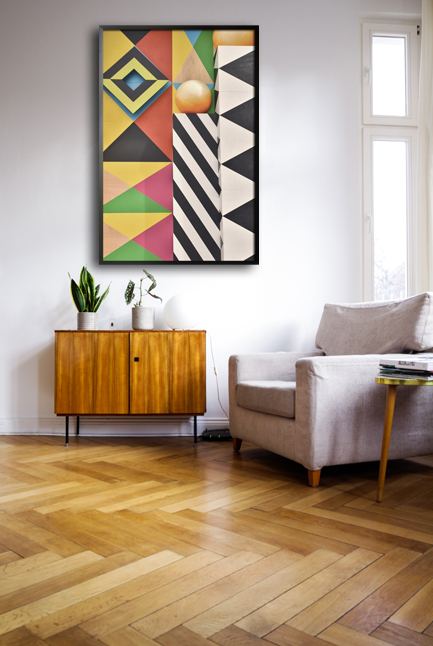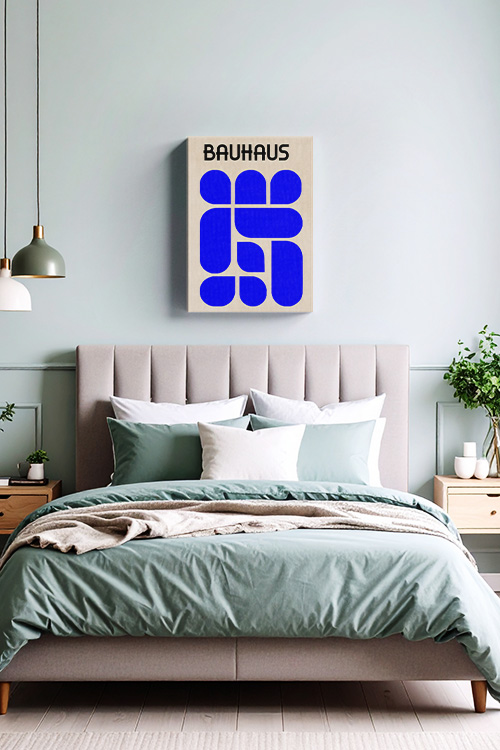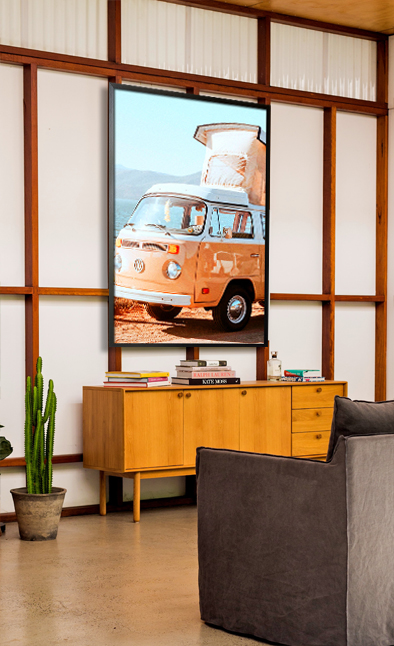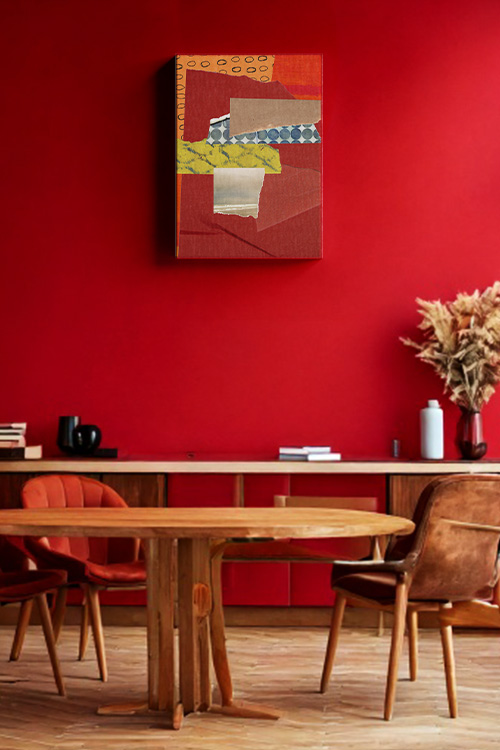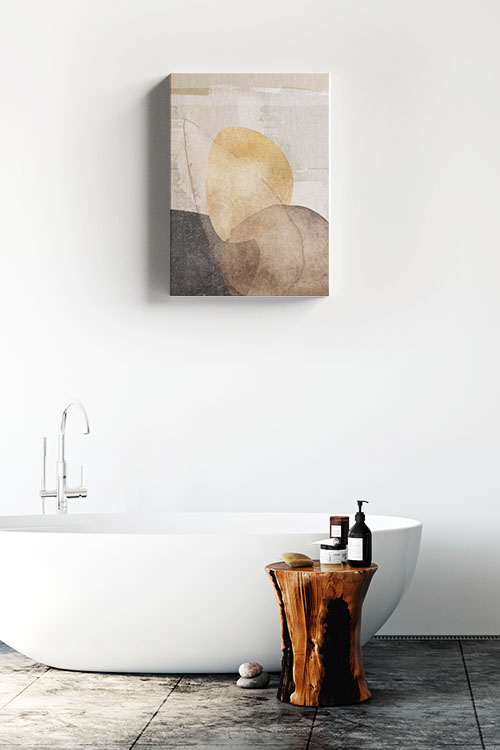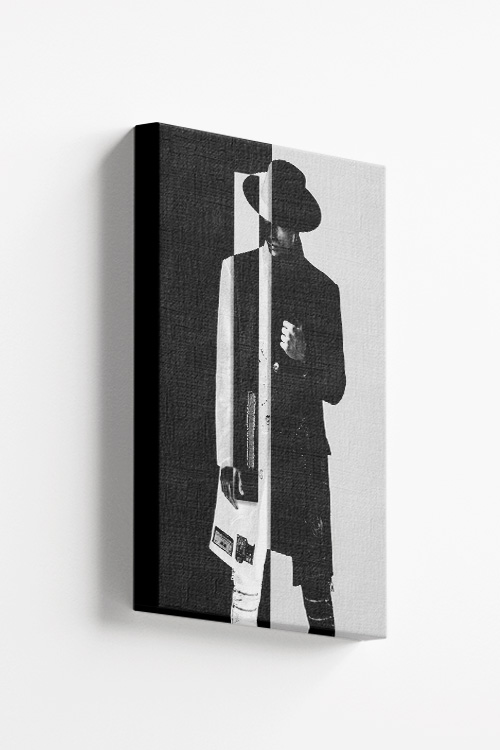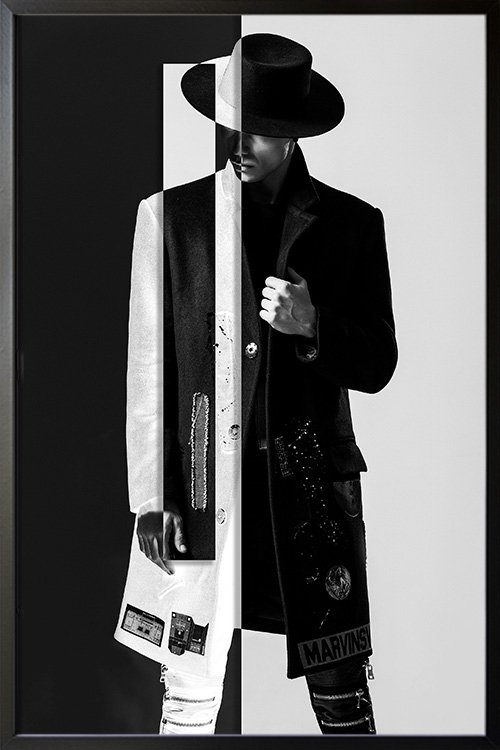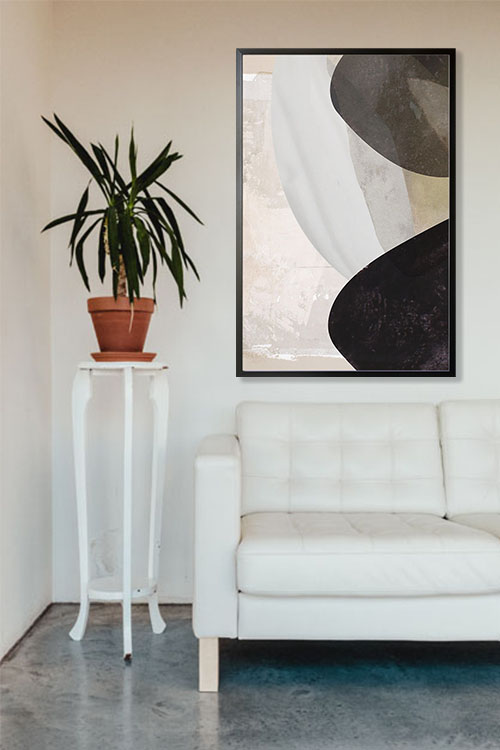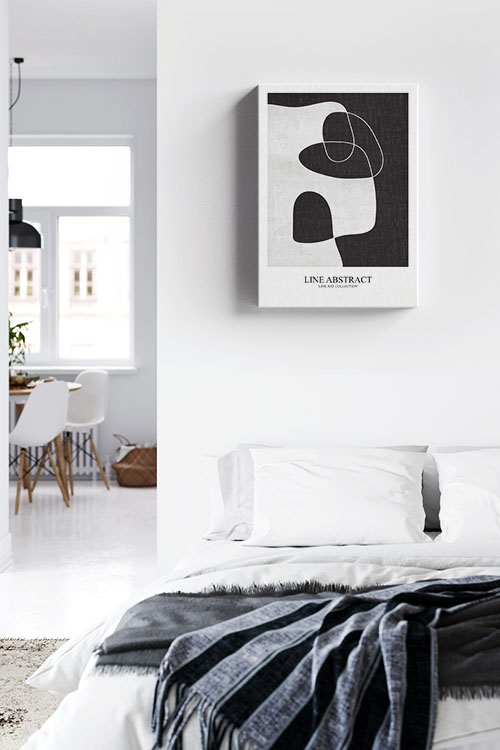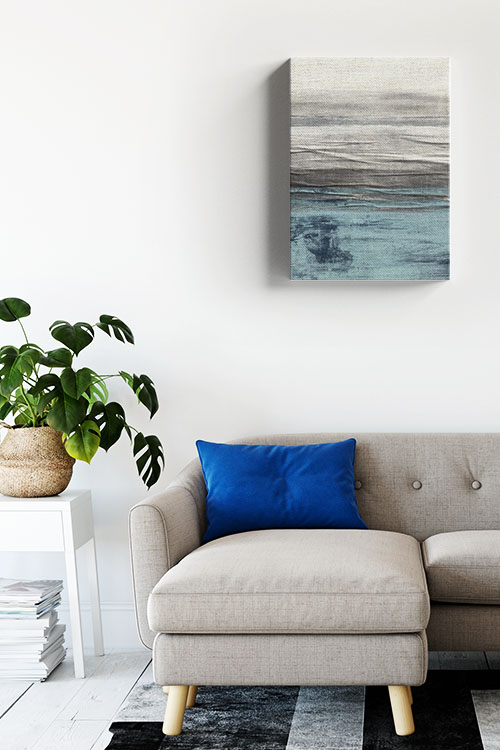
There’s something magical about walking into a space that feels light, breezy, and instantly relaxing—like you’ve just stepped into a seaside getaway. That’s the charm of nautical-inspired interiors. They’re not about overwhelming your home with anchors and ship wheels, but about capturing the calm, timeless beauty of the sea in a simple, elegant way.
Start with the colors of the coast.
Think crisp whites, sandy neutrals, and touches of navy or sky blue. These shades set the stage for a fresh, airy vibe. Stripes—especially in navy and white—are a classic choice, and they look great on throw pillows, rugs, or even artwork. It’s a simple way to bring that coastal energy inside.
Bring in natural textures.
Part of what makes nautical-inspired spaces feel so inviting is the use of natural materials. For instance, wicker chairs, rattan baskets, or a rope-framed mirror can instantly add warmth. Weathered wood, reminiscent of driftwood, is another favorite—it brings that lived-in, beachy feel without trying too hard.
Keep décor thoughtful and subtle.e
It’s easy to get carried away with the theme, but less really is more here. A glass vase filled with shells, a framed map, or a nautical-inspired poster can do the trick. Wall art works exceptionally well—think ocean waves, abstract coastal shapes, or even vintage travel posters. The goal is to hint at the theme without turning the room into a seaside souvenir shop. The key is to incorporate these elements in a way that complements the overall design, rather than overwhelming it.
Let the light shine in
Natural light is your best friend in a nautical-inspired room. Sheer curtains or bamboo blinds let the sunlight filter through, making the space feel open and breezy. For evening lighting, consider lantern-style fixtures or pieces with brass and weathered metal finishes, such as a brass pendant light or a weathered metal floor lamp. These add just the right amount of coastal character to the room.
Make it cozy and inviting
At the end of the day, a nautical-inspired home should feel like a retreat. Soft throws, oversized cushions, and casual seating make the space welcoming. You want it to feel like the kind of room where you can kick back with a book or enjoy a slow weekend morning, just like you would at a beach house. The goal is to create a cozy, inviting atmosphere that makes you feel at home.
In a Nutshell
Whether you’re adding a few stripes and textures or going all-in with a coastal makeover, nautical design is all about creating a space that feels fresh, timeless, and easy to love. It’s a versatile theme that can be adapted to your personal style and preferences, inspiring creativity and individuality.
